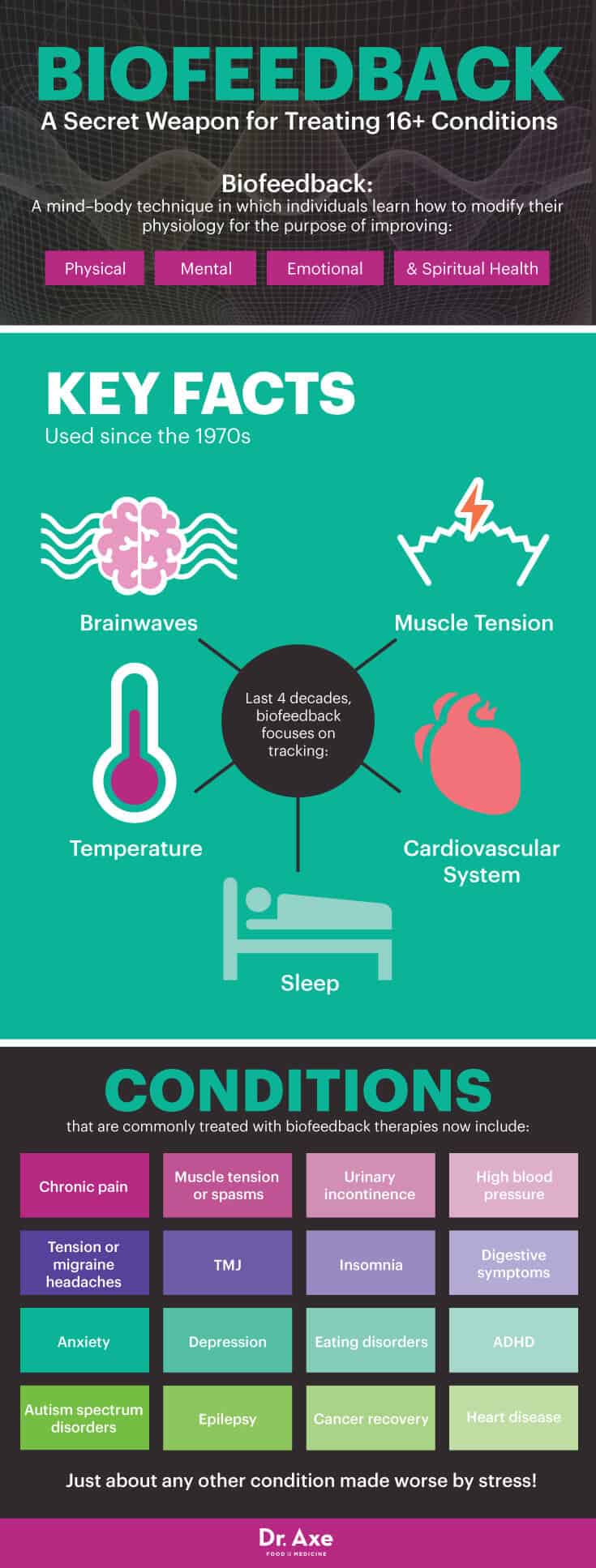Revealing the Link Among qEEG and Slumber Apnea Patterns for Improved Assessment and Treatment
Revealing the Link Among qEEG and Slumber Apnea Patterns for Improved Assessment and Treatment
Blog Article
Sleep hypopnea is a common sleep condition that impacts many people around the world. It happens when a individual's respiration is interrupted during sleep, leading to poor slumber standards and various medical concerns. One of the ways researchers and doctors are working to improve understand and identify sleep apnea is through a method called quantitative electroencephalography, or qEEG. This method assesses the electronic activity of the cerebrum and can provide important understandings into how sleep apnea affects brain activity and general well-being.
qEEG involves positioning small electrodes on the scalp to capture cerebral waves. These brain oscillations are then examined to identify trends that may indicate sleep disorders, including sleep apnea. By analyzing these trends, medical professionals can obtain a more precise understanding of how sleep apnea disrupts typical cerebral function during slumber. This information can be essential for formulating efficient therapeutic plans tailored to individual clients. Comprehending the connection between qEEG and sleep apnea can result to improved identification methods and superior results for those impacted by this condition.
Studies has shown that people with sleep apnea often display distinct alterations in their cerebral oscillation patterns. For example, during episodes of apnea, the cerebrum may show heightened function in certain regions while other areas become more engaged. These alterations can influence how well a individual sleeps and how refreshed they feel upon awakening. By using qEEG to monitor these cerebral oscillation trends, physicians can recognize specific characteristics of sleep apnea in patients, which can assist in formulating a more accurate identification. This is especially crucial because sleep apnea can sometimes be mistaken for other sleep conditions, resulting to misguided therapies.
In furthermore to enhancing diagnosis, qEEG can also play a role in evaluating the efficacy of treatments for sleep apnea. For instance, after a client starts employing a constant beneficial airway force (CPAP) machine, which helps keep the airway open during slumber, qEEG can be utilized to assess alterations in cerebral activity. If the cerebrum shows enhanced trends of slumber after initiating treatment, it may suggest that the treatment is functioning well. This response can assist physicians make necessary modifications to treatment plans, ensuring that patients receive the best care possible.
Overall, the connection between qEEG and sleep apnea patterns is an exciting area of study browse around this web-site that holds potential for improving diagnosis and therapy. By comprehending how sleep apnea impacts cerebral activity, medical providers can develop more effective strategies to help clients achieve improved sleep and enhance their general health. As studies progresses to advance, it is probable that qEEG will become an essential instrument in the battle against sleep apnea, leading to superior results for those who experience from this challenging disorder.